Raaga Based Song of the Day: Tu hai mera prem devta…
Raag Lalit, Tal Tintal
We have completed thirty-eight days of Raaga Based Songs of the Day. Our first post in the series was titled ‘Raaga Based Song Of The Day #1’ and the song was a Mohammad Rafi and Lata Mangeshkar song from the 1970 Shakti Samanta movie Pagla Kahin Ka: Tum mujhe youn bhula na paoge. It is in Raag Jhinjhoti, Tal Kaherava.
Our thirty-eighth post was titled ‘Raaga Based Song Of The Day #38’ and the song was a Lata Mangeshkar & Manoj Kumar song from the 1960 Jaswant Jhaveri movie Banjarin: Chanda re mori patiya le jaa. It is in Raag Durga, Tal Kaherava.
This blog has a number of posts on Raaga based songs in Hindi movies titled similarly; for example: ‘The Best Raaga Based Songs in Hindi Movies – Raaga Bhairavi – Part I’.
In the last thirty-eight days of sharing Raaga based songs of the day, I have given you songs based on Raag Jhinjhoti, Gara, Bhimpalasi, Madhuvanti, Shivaranjani, Bihag, Pahadi, Sarang, Pilu, Bhairavi, Khammaj, Charukesi, Kalyan or Yaman, Desh, Malgunji, Kirwani, Kedar, Bageshri, Megh Malhar, Bhupali, Ahir Bhairav, Malkaush, Adana, Kafi, Rageshri, Jaunpuri, Tilang, Janasammohini, Chayanat, Shuddha Kalyan, Gaur Sarang, Jogiya, Asavari, Maru Bihag and Durga. The only raag that has been repeated so far is Pahadi, the raaga of my home place.
Today, I give you a song in Raag Lalit, Tal Tintal.
However, first, lets take up the value added learning of today. Today, we shall learn about Hori:
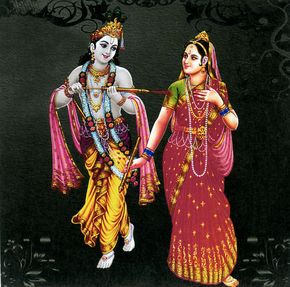 Hori is the most popular type of Dhrupad sung on the festival of Holi. The compositions describe the spring season. These compositions are mainly based on the love pranks of Krishna and Radha. Holi khelat Nand Lal is one of the popular Horis. Interestingly Hori has both classical as well as semi-classical connections. Horis sung as a concluding portion of a Dhrupad recital are classical in nature as well as semi-classical. Those Horis, which are sung in semi-classical form, are in ragas like Khamaj, and Kafi. Significantly, these Horis are also set to a tala of 14 beats called Deepchandi.
Hori is the most popular type of Dhrupad sung on the festival of Holi. The compositions describe the spring season. These compositions are mainly based on the love pranks of Krishna and Radha. Holi khelat Nand Lal is one of the popular Horis. Interestingly Hori has both classical as well as semi-classical connections. Horis sung as a concluding portion of a Dhrupad recital are classical in nature as well as semi-classical. Those Horis, which are sung in semi-classical form, are in ragas like Khamaj, and Kafi. Significantly, these Horis are also set to a tala of 14 beats called Deepchandi.
Horis are most popular in regions of Uttar Pradesh and Bihar. The seasonal songs associated with Hori are: Chaiti, Sawani and Kajari.
As I mentioned, today’s song is composed in Raag Lalit, Tal Tintal.
Lalit is a raaga that belongs to Poorvi Thaat. It has to be performed in the wee hours of the morning (3 AM to 6 AM), which is actually, as per the Indian system of Samay, the last prahar of the night. The mood of the raaga is serene and devotional. Its Jati is Shadhav – Shadhav Vakra. The raag makes use of both Madhyams (Ma), that is Shuddha and Teevra, which not only makes the raag unique but also makes it very sweet, well suited for bhakti and karuna rasa.
Some of the other songs composed in Raag Lalit are:
| 1. 2. 3. 4. 5. 6. 7. 8. 9. 10. 11. 12. 13. 14. 15. 16. 17. |
Rain Ka Sapna Ye Kaun Aaj Ik Shahanshah Ne Preetam Daras Dikhao Tu Hai Mera Prem Devta Duniya Na Bhaye Jago Bansi Vare Ghat Ghat Mein Ram Bhor Bhaye Panghat Bhor Bhaye Panchi Aey Ishq Teri Talaash Teri Jaat Pak Hai Ye pyar tha ya Main To Kab Se Teri Sharan Jogiya More Ghar Aaye Mast Mayura Nache Vo Jo Milte The Kabhi |
Lalat Nartaki Leader Chacha Jindabad Kalpana Basant Bahar Meera Bhumika Satyam Shivam Sundaram Aanchal Cha Cha Cha Main Hoon Alladin Prem Rog Ram Nagri Ragini Dil Ki Rahein Akeli Mat Jaiyo |
Heerabai Barodkar Pankaj Mallik Mohd Rafi, Lata Manna Dey, Lata Manna Dey, Rafi Mohd.Rafi Vani Jayaram Firoz Dastoor Lata Mangeshkar Lata Mangeshkar Mohd.Rafi, Lata Usha Khanna Sudha malhotra,anwar Suresh Vadekar Amir Khan Manna Dey Lata Mangeshkar |
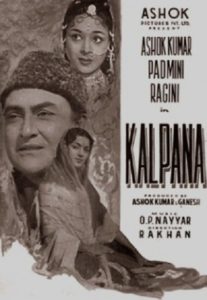 I have taken today’s song from the 1960 movie Kalpana directed by RK Rakhan, this being the second song from the same movie after I had given you Beqasi hadd se jab guzr jaaye on the 15th day: ‘Raaga Based Song Of The Day #15’, which was in Desh & Khammaj, Tal: Dadra. The movie starred Ashok Kumar, Padmini and Ragini. In this song both the ladies dance in front of a statue of Lord Shiva.
I have taken today’s song from the 1960 movie Kalpana directed by RK Rakhan, this being the second song from the same movie after I had given you Beqasi hadd se jab guzr jaaye on the 15th day: ‘Raaga Based Song Of The Day #15’, which was in Desh & Khammaj, Tal: Dadra. The movie starred Ashok Kumar, Padmini and Ragini. In this song both the ladies dance in front of a statue of Lord Shiva.
Qamar Jalalabadi penned the song and OP Nayyar composed it. Those of you who ever entertained doubts about whether OP Nayyar was well versed in raagas or not, should have this controversy put to rest with this song.
The song also has Mohammad Rafi and Manna Dey singing together. What a veritable pleasure it must be for Manna Dey since he was fond of saying that in the ranking of male singers, Mohammad Rafi occupied all the top ten positions!
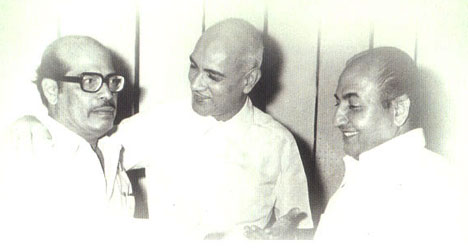
Please enjoy Mohammad Rafi and Manna Dey sing in Raag Lalit, Tal Tintal: Tu hai mera prem devta…….
Tuu hai meraa prem devataa
in charaNo.n kii daasii huu.N mai.n
man kii pyaar bujhaane aa_ii
antaraghaT tak pyaasii huu.N mai.n
tuu hai meraa prem devataa
ra : mai.n gaurii tuu kant hamaaraa
ma : mai.n ga.ngaa tuu meraa kinaaraa
ra : mai.n gaurii tuu kant hamaaraa
ra : mai.n gaurii tuu kant hamaaraa
ma : mai.n ga.ngaa tuu meraa kinaaraa
ra : a.ng lagaa_o pyaas bujhaa_o -2
ma : nadiyaa ho kar pyaasii huu.N mai.n
ra : man kii pyaar bujhaane aa_ii -2
antaraghaT tak pyaasii huu.N mai.n
do : tuu hai meraa prem devataa
ra : Dam Dam Dam Dam Damaruu baaje
ma : mai.n naachuu.N sha.nkar ke aage
ra : Dam Dam Dam Dam Damaruu baaje
ra : Dam Dam Dam Dam Damaruu baaje
ma : mai.n naachuu.N sha.nkar ke aage
ra : ho ke rahegii jiit usii kii -2
ma : jisakii kalaa se sha.nkar jaage
ra : man kii pyaar bujhaane aa_ii -2
antaraghaT tak pyaasii huu.N mai.n
do : tuu hai meraa prem devataa
We have intended to learn about Raaga based music whilst we entertain ourselves with Raaga based songs. So, lets, once again, take stock of our collective learning so far:
- On the first day we learnt about the Raaga system devised by Pandit Vishnu Narayan Bhatkhande, which is the prevalent system in Hindustani Classical Music and based on ten Thaats.
- On the second day we learnt about Tal or Taal.
- On the third day we learnt about characteristics of Raagas that included Swar, Jati, Thaat, Arohana and Avarohana, Vadi, Samvadi and Pakad.
- On the fourth day, we learnt about Sargam.
- On the fifth day, we learnt about notations used in Indian classical music or simply Swar Lipi.
- On the sixth day, we learnt about the Ras (sentiments) that Raagas evoke.
- On the seventh day, we learnt about various types of Swar: Shuddha, Achal, Vikrut, Komal and Teevra.
- On the eighth day, we learnt the parts of a composition in Indian Classical Music.
- On the ninth day, we learnt the names of some of the popular instruments used in Indian Classical Music.
- On the tenth day, we learnt about the sources of names of Raagas.
- On the eleventh day, we learnt about why Bhairavi is the first raag to be taught to beginners and also why it is the last in a performance.
- On the twelfth day, we learnt about Khammaj Thaat.
- On the thirteenth day, we learnt about Tal Punjabi Theka or Sitarkhani.
- On the fourteenth day, we learnt about Alap.
- On the fifteenth day, we learnt about List of Raagas (Raagmala) in my favourite book: Sri Guru Granth Sahib.
- On the sixteenth day, we learnt about tips for raaga identification.
- On the seventeenth day, we learnt the basics of Gharana system.
- On the eighteenth day, we learnt about Filmi Sangeet.
- On the nineteenth day, we learnt about the commonest Tal in Raagas: Tintal.
- On the twentieth day, we learnt about the Kafi Thaat.
- On the twenty-first day, we learnt a little more in detail about the classification of Raagas.
- On the twenty-second day, we learnt the essential differences between Bhairavi and Bhairav.
- On the twenty-third day, we learnt a little more in detail about the Jati or Jaati of a raaga.
- On the twenty-fourth day, we learnt details of Thaat Bilawal, the most basic thaat in the Bhatkhande’s system of raagas.
- On the twenty-fifth day, we learnt about Tintal.
- On the twenty-sixth day, we learnt in detail about the Raaga – Samay linkage.
- On the twenty-seventh day, we learnt about Lehar.
- On the twenty-eighth day, we learnt about the history of the Hindustani Music.
- On the twenty-ninth day, we learnt about Dhrupad.
- On the thirtieth day, we learnt about Rupaktal that I was introduced to, a few months back, by my friend Anand Desai.
- On the thirty-first day, we learnt about Khayal.
- On the thirty-second day, we learnt about Thumri.
- On the thirty-third day, we learnt about Tappa.
- On the thirty-fourth day, we learnt about Tarana.
- On the thirty-fifth day, we learnt about Tal Dipchandi (Moghali).
- On the thirty-sixth day, we learnt about Tabla.
- On the thirty-seventh day, we learnt about Kirtan.
- On the thirty-eighth day, we learnt about Pakhawaj.
- And today, on the thirty-ninth day, we learnt about Hori.
There is much more still to be learnt and enjoyed.
Please stay tuned!
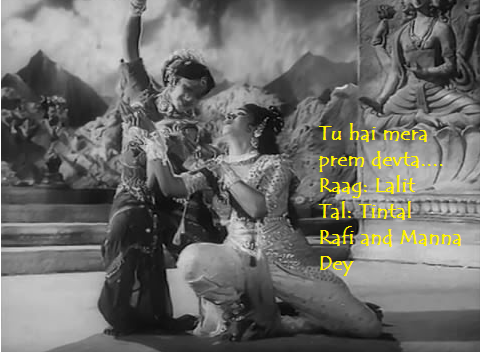
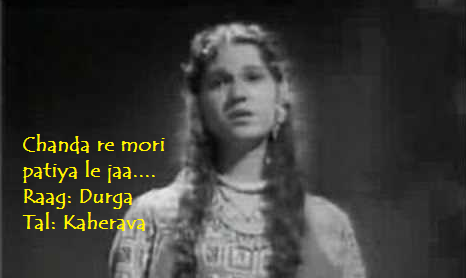
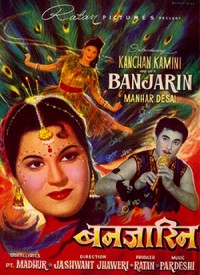
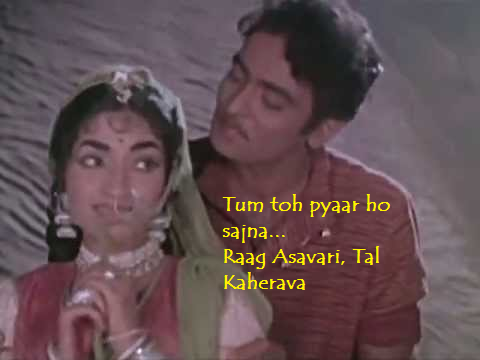
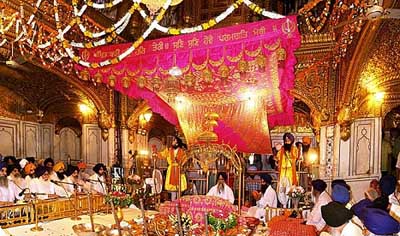
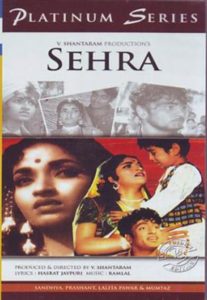
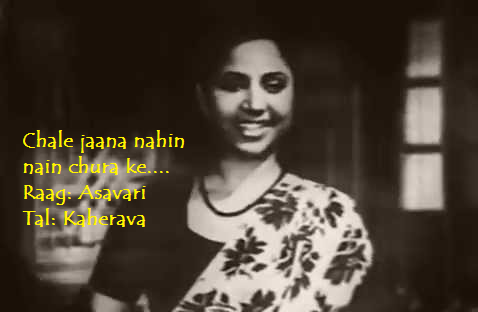
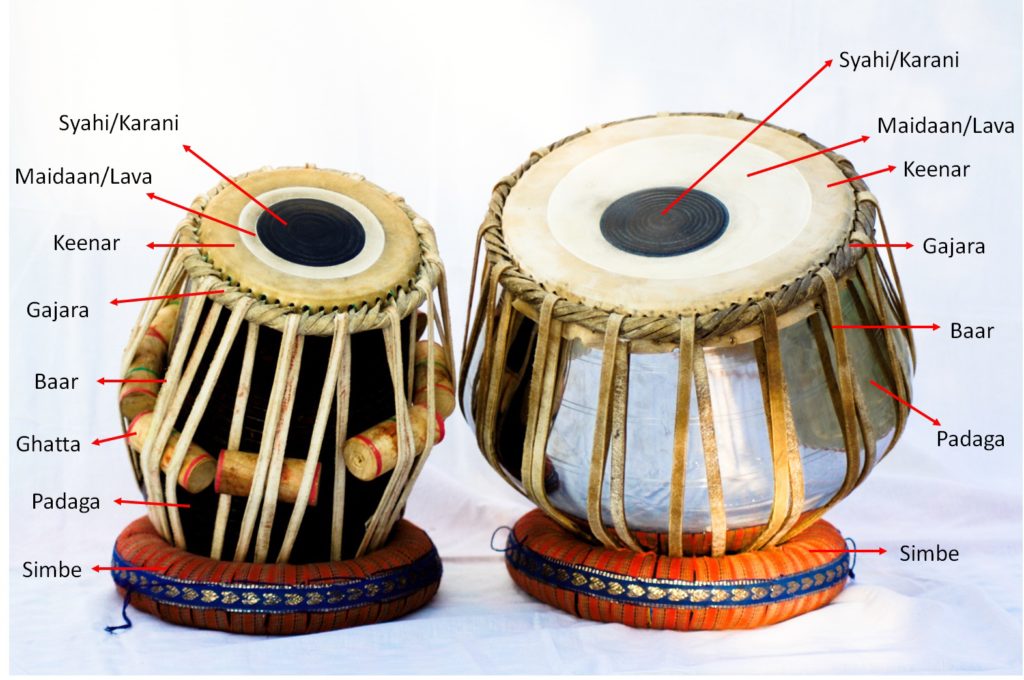
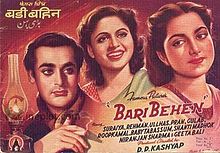 I have taken today’s song from the
I have taken today’s song from the 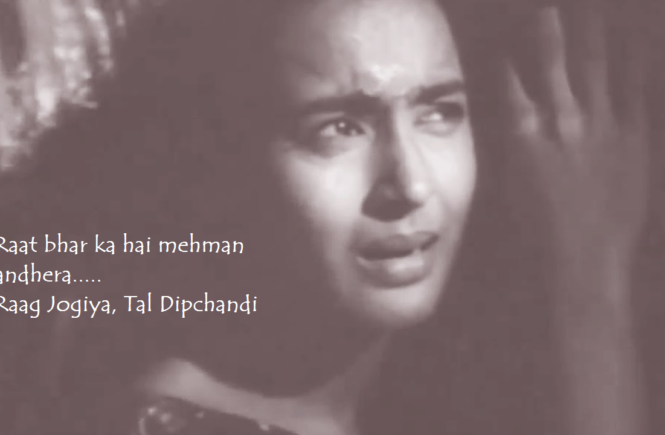

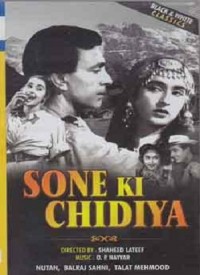 I have taken today’s song from the
I have taken today’s song from the 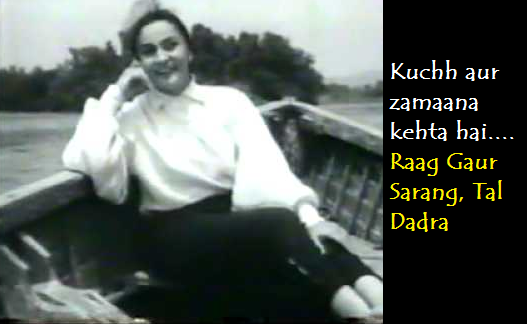
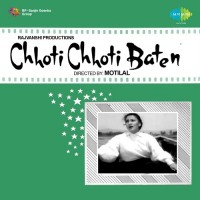 I have taken today’s song from the
I have taken today’s song from the 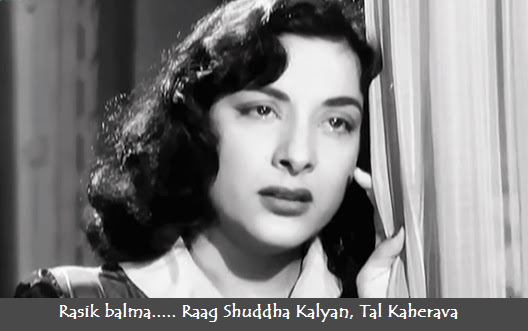
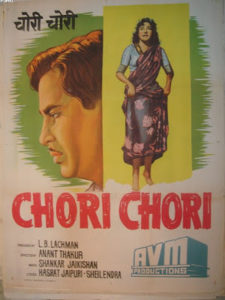
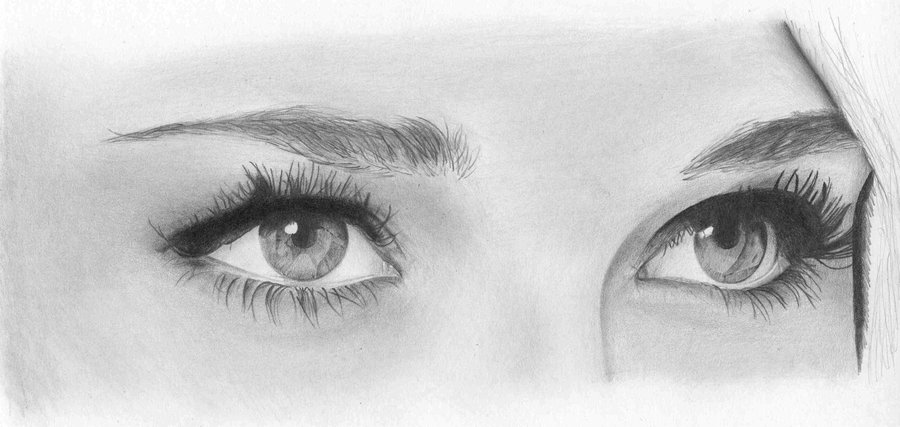
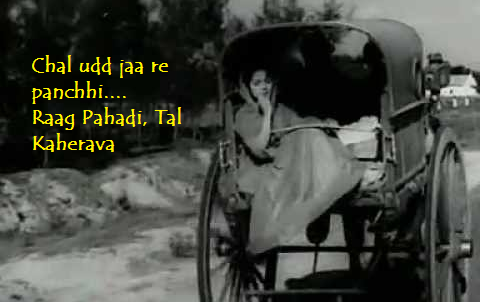
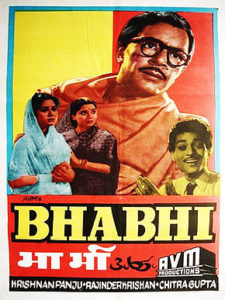
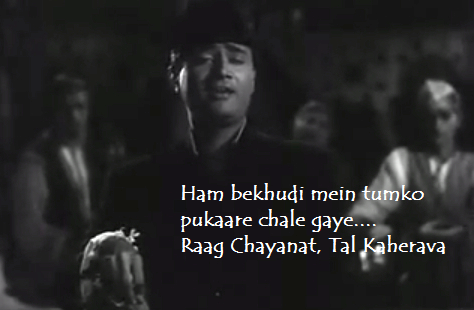
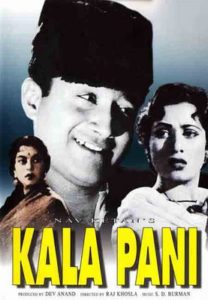 I have taken the song from
I have taken the song from 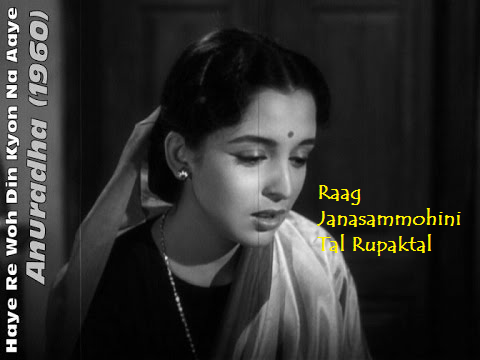

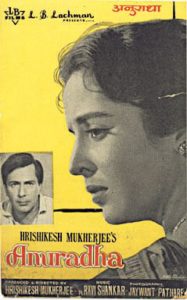
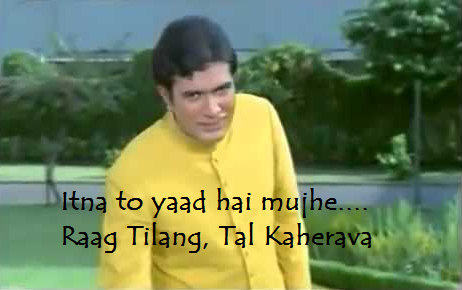
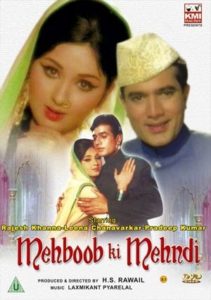 I have taken the song from the
I have taken the song from the 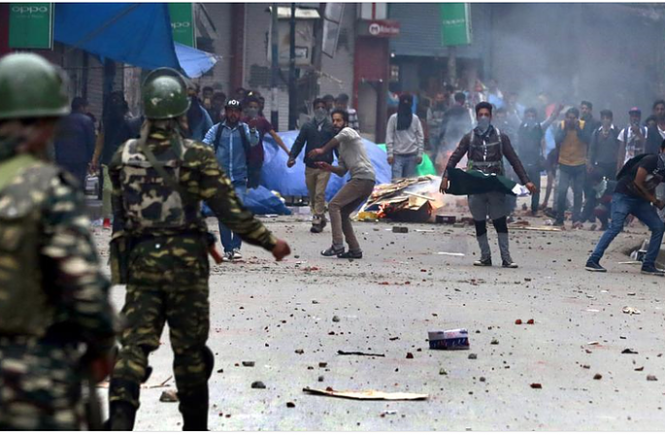
 In many places, after Powari and Reckong Peo, we came across army jawans having been placed at really bad stretches of roads. Their purpose? Hold your breath – to prevent injury to people from falling and shooting stones!
In many places, after Powari and Reckong Peo, we came across army jawans having been placed at really bad stretches of roads. Their purpose? Hold your breath – to prevent injury to people from falling and shooting stones!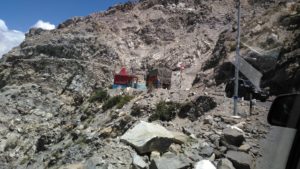 You don’t find humour in this? Well I find enormous humour in this: these are the same people that people pelt or hurl stones at and these are the valiant men who think nothing of risking their own lives to keep you from getting injured and/or killed!
You don’t find humour in this? Well I find enormous humour in this: these are the same people that people pelt or hurl stones at and these are the valiant men who think nothing of risking their own lives to keep you from getting injured and/or killed!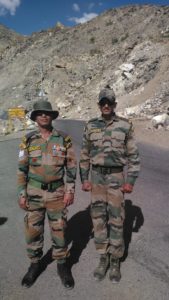

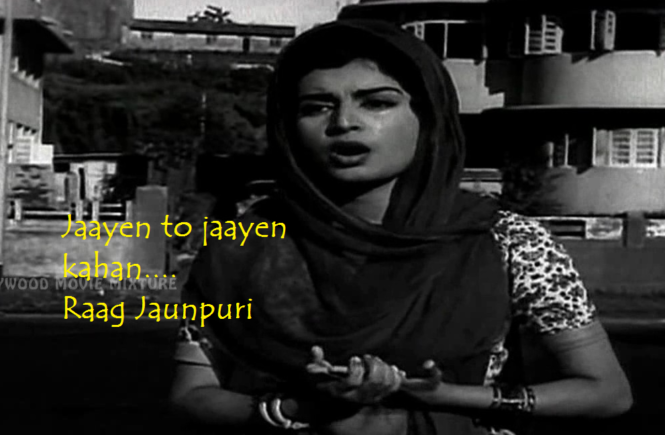
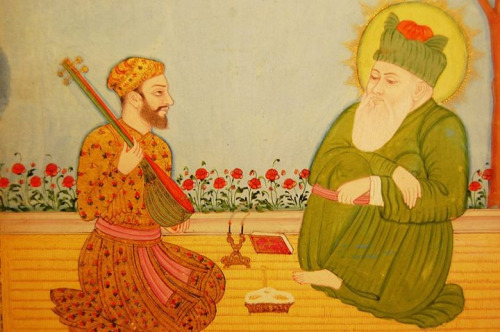
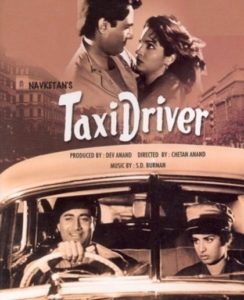
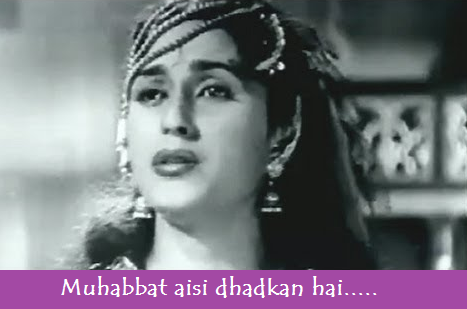
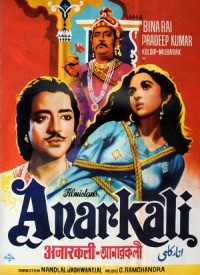 Today’s song is from the
Today’s song is from the